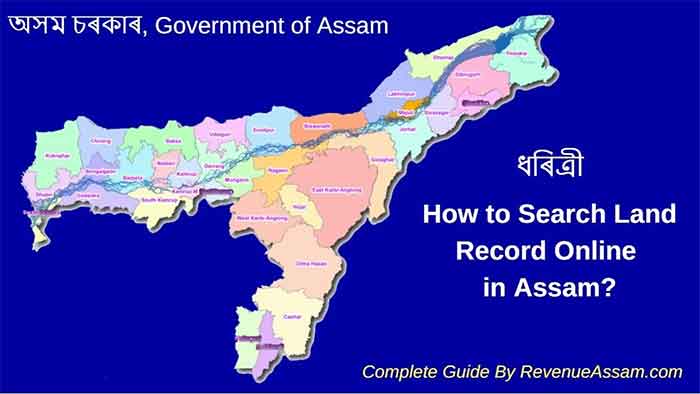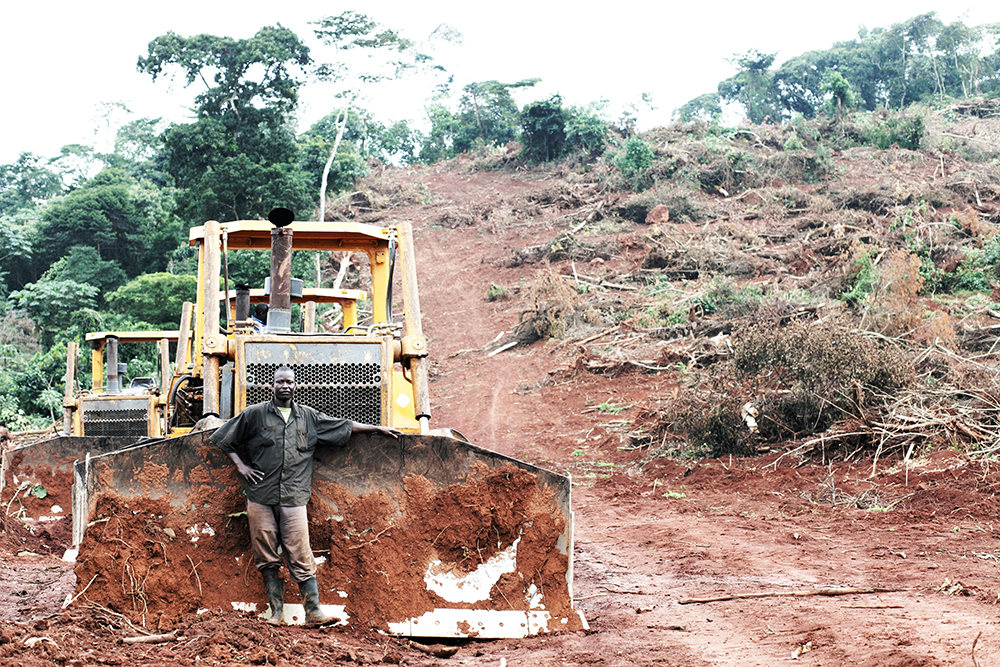
Himanta Biswa Sharma,the much-toasted chief minister of Assam, has announced with trademark fanfare that thirty years after the last land-settlement survey he is launching a new land-survey to precisely demarcate,and record the land-rights of Assam with the latest, most modern equipment.There will be no more middle-men in business.Every owner of land will be in undisturbed possession of his land,he thunders,and adds quietly that anybody will be able to sell his land and get its real value. This at a time when nearly thirty lakh peasant households have not a strip of land of their own,and a greater number own an acreage that merely help them to scrape through.
As far back as 1951,when the state had a much smaller population and covered almost the entire Northeast,the Census Report said the landless accounted for 15 % of the population.Since then many more have been dispossessed by indebtedness as well as ravages of nature like enormous river erosion.The government does not talk about giving them land,only of enabling owners to sell their land smoothly.Some people are in raptures.Land surveys and settlements were a decennial affair until the anarchy brought about by ULFA and the army rendered them impossible.
Time was when the war cry of massive peasant movements in Assam and the rest of the country had been ‘Land to the tillers’.Colonial law had made use of feudal land relations to bend them towards private ownership in order to squeeze rent.But a host of intermediaries had also arisen in the process,setting up a hierarchical and multiple system straddling the backs of the peasantry.But everyone had a pittance out of it.Radical struggles sought to relieve the peasantry of the oppression of rent-seekers.Now the proposal is to bulldoze the entire superstructure to build ‘a vibrant land market’.
This change in direction is significant,typical of the neoliberal penchant to use the word ‘reform’ to mean something contrary to the benefit of the masses.
A reputed research team(which will remain unnamed to evade the evil eye) based in Mumbai has traced the origins of this initiative to managers of international big finance and its agents and spokesmen in the trio of WB,IMF and WTO.In a booklet dated May 2021.The World Bank according to it had already declared in 2007 that old-style land reforms could not boost growth and it was therefore necessary to push them in the direction of the market.It specifically said that ‘restrictions on land market’ were to be ‘eliminated’.It laid down directions to undertake from the level of states systematic and thorough land-surveys to cut the clatter of customary multi-layered land rights and reduce ownership to a single category,except lands directly owned by government and therefore easier to dispose of.It even suggested deployment of private parties to survey,systematize and computerize land records at a rapid pace.The intention behind the project is clear: to bring into play just those big corporates,national and foreign, keen to invest in agri-business,huge plantations and new ‘green enterprise’ in the hope of lapping up whopping profit. The position of farmers will under such conditions soon become unviable and they will enter the vast reserve army of labour serving at subsistence wages.
Colonial land policy had succeeded at the cost of livelihood of many entitled to customary shares in harvested crops by imposing private property in land.Those dispossessed somehow survived the ordeal as tenants and sub-tenants,and now comes the final push to eliminate them from the system altogether.Needless to add that this would be an unanticipated calamity for millions while the corporates are expecting a bonanza.
Many have wondered why the Western powers keep on flagging concern at abuse of law,lack of freedom and tolerance,and steep decline in human rights in India,and yet do little to compel course-correction on the rulers.The reason seems to be that the BJP-led government execute to the letter the instructions of the above-mentioned trio regardless of the sufferings of the people and degradation of democracy.And the trio serve best the interest of big monopoly finance that is identical to that of the rulers of Western capitalist countries and Japan.Other parties in politics of client states hem and haw a lot and are therefore regarded as stick-in-the-mud laggards in the all-embracing columns of ‘growth’.
Colonial British rulers who had circumvented various types of community land-rights to establish private ownership of land for profitable rent collection to the ruin of the ordinary peasantry came up against a quite different system in Assam after occupying it in 1825.
While there was the same method as in Mughal India of periodic distribution of estates to nobles and high officers,the ordinary raiyat was by no means a slave of the master. He enjoyed four PURAS(16 bighas,each bigha much larger in area than it is in rest of India) of land to grow his crops,in return he had to serve three months every year in the paddy fields of the temporary master,the royal household,the heads of monasteries or temples,or in public works like building embankments or digging tanks or in soldiering for the king.Though the land was nominally held by the king, for all practical purposes the village community disposed of it according to custom and tradition.Though the system worked for some time it proved increasingly oppressive provoking revolts.But the system was not improved upon.
Apart from that there were huge tracts of land cultivated and used by self-governing tribes following primitive methods of agriculture.Many of the tribal folk used a migratory system keeping some land fallow for a year or two.The king knew better than to interfere with that practice and was content to depend on settled agriculturists.
The British destroyed the entire economy with diverse land-rights and ruined the cottage industries dependent on periodic labour service of the rayats called ‘Paiks’.As the colonial administration was dependent on money-rent the East India Company imposed private ownership of land with periodic settlements of rent and replaced all exchange with cash exchange.
The system where barter and direct labour service were prominent channels of production and exchange,was hard to turn into a money economy overnight.But since the concerns of the common people were scarcely the priority for Company Raj, a great deal of confusion has persisted down to our times to the injury of the labouring people.
Thousands of families that had been used to shifting cultivation were at one stroke declared landless.The British granted lakhs of hectares of land to tea-gardens at trifling price,sometimes taking over fertile farmland.Those who engaged in various cottage industries part of the year had to depend solely on land while in absence of busy local markets their crops fetched little money income. This trend pushed into permanent poverty considerable sections beyond hope of recovery.The wilier educated natives used their familiarity with the new land-laws brought the customary land of tribals under their private ownership through acquiring MYADI PATTAs or documents showing them as permanent and real owners and tribals as tenants.It is thus that for decades after independence various tribes of Assam classed as landless struggled desperately to regain land snatched from them one hundred years ago.The state government in these decades practically has been the final arbiter in land disputes and has more or less upheld the unjust superior rights of the educated middle-class.
The rules that regulated the working of the oppressive land-laws were put togther in ASSAM LAND REVENUE MANUAL of 1891and in spite of relief to tenants and landless tribals from time to time these rules have remained more or less unchanged.Many poor Assamese and the vast majority of tribals are classed as temporary settlers practically without land-rights.The problem had been compounded by British colonial rulers who promoted migration of lakhs of destitute peasants from East Bengal in their drive to collect more land revenue and encourage commercial agriculture.
This very brief and rough summary of events gives an idea of the confused orderliness that plagues the common small peasant who form the bulk of the peasantry.
It is against this background that we have to consider the sudden spurt of energy with which the Assam Government is initiating land-surveys with aerial sensors and other modern equipments and rushing to prepare neat land-records. It is in the spirit of the 2007 World Bank direction( my source is the booklet of May 2021 mentioned earlier on) to the government of India to speed up tidying up land records and giving land a saleable character fortwith.
Needless to say it is most likely to dispossess permanently and without redress thousands of tribal and poor Assamese families.It is equally likely that devious methods will be used to deprive Muslim families of immigrant origin of their occupation and ownership rights by casting them as aliens in illegal occupation. It is also clear that this is of a piece with the disputed farm laws that agitating farmers want repealed.
Hiren Gohain is a political commentator














































